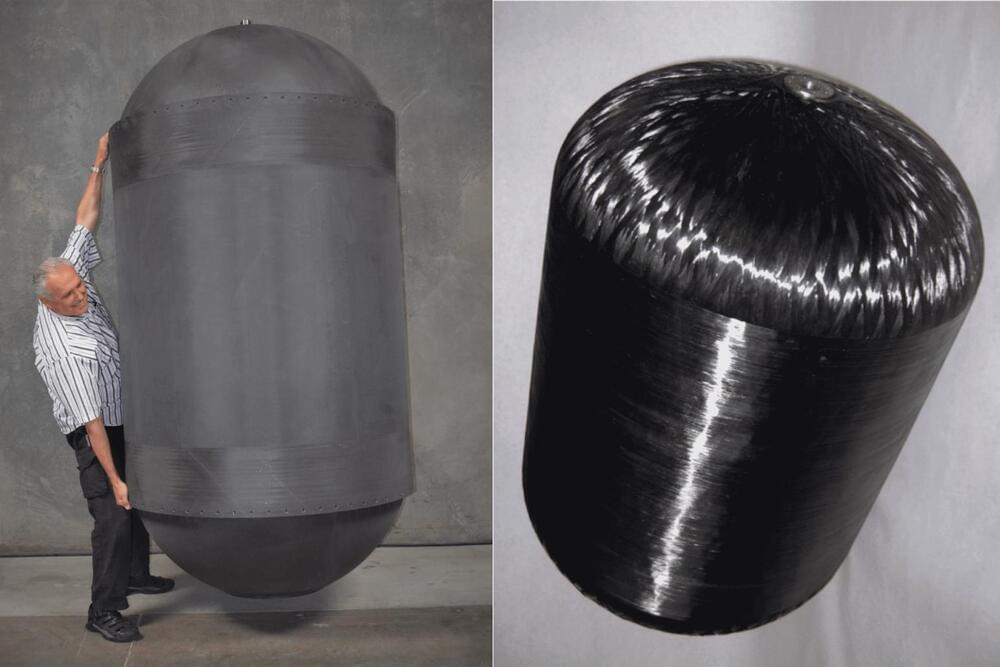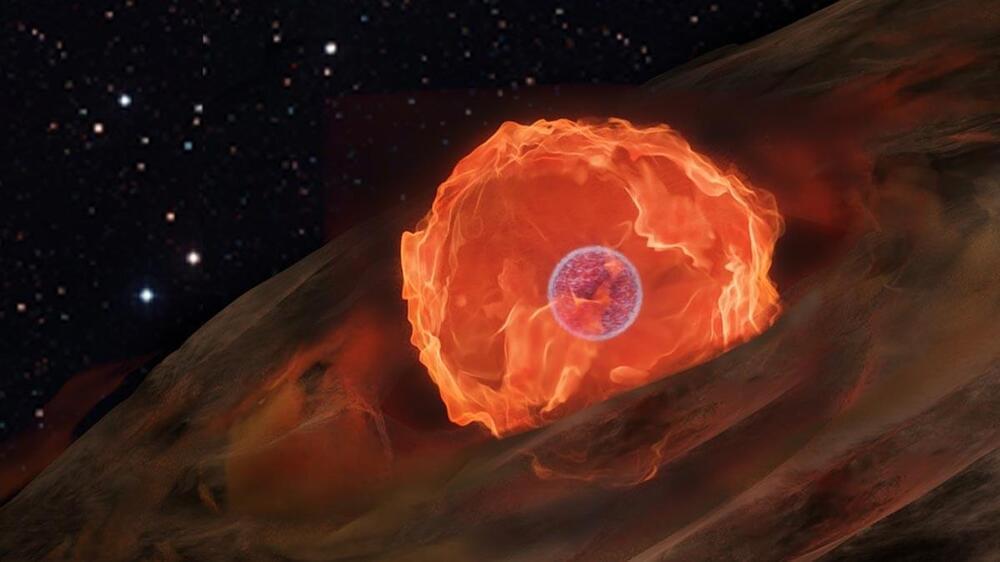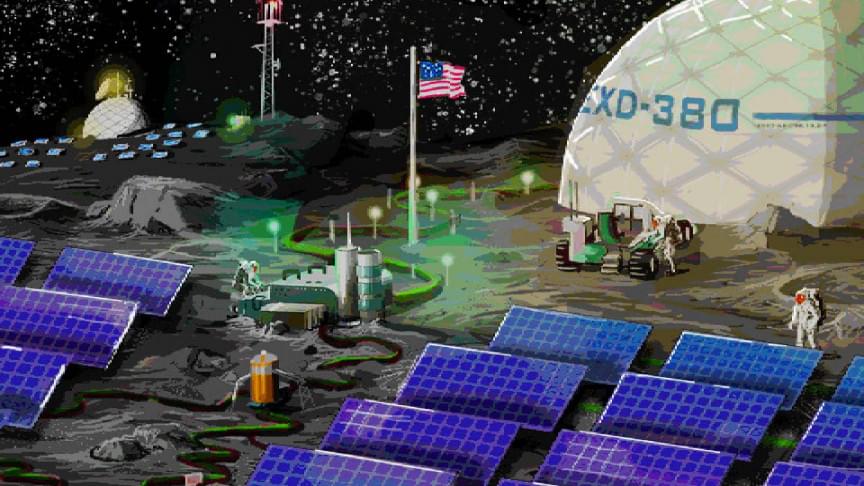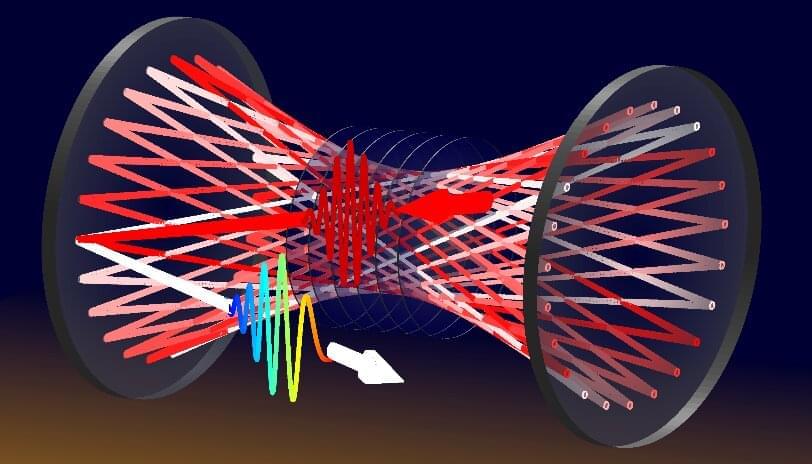The first demonstration of the laser in 1960 was rapidly followed by the birth of a new research field: nonlinear optics. The unique coherence properties of stimulated emission, the fundamental physical process of laser radiation, has enabled intensities that exceed those of incoherent sources by many orders of magnitude. The high intensities drive electrons so strongly that they oscillate with frequencies different from those of the driving light field. The subsequent dipole emission can be extremely colorful. Optical fiber or laser filaments have been used as waveguides for decades to maximize this effect and to generate extremely broadband light pulses.
However, if the laser pulses carry too much energy, fiber suffers from damage and light filaments break-up, such that the unique spatial properties of laser radiation are lost. Researchers from the German Electron-Synchrotron DESY in Hamburg, Germany, and the Helmholtz-Institute Jena, Germany have now reported a new method for guiding light in an energy-scalable manner. Guiding is accomplished by the use of two refocusing mirrors and the careful spacing of thin nonlinear glass windows.
The scientists have reported in a recent publication in Ultrafast Science that light pulses gain more than 30 times of their initial bandwidth in such a setup and can be consequently compressed by the same factor. This shortens their duration and considerably increases their peak power. Remarkably, these experiments were performed with laser pulses that exceed the peak power limit in glass fibers by a factor of 40. However, despite propagation through about 40 cm of glass in total, beam quality and pulse energy remained high. “We have elegantly combined two recent approaches to extend the bandwidth of ultrashort pulses. Nevertheless, the optical setup is really simple. All optics we used in our spectral broadening scheme were stock items. This and the excellent noise properties make our approach widely applicable,” says Dr. Marcus Seidel, lead author of the publication.








